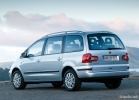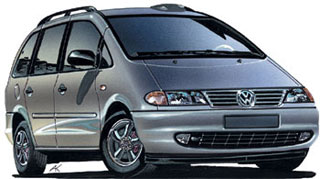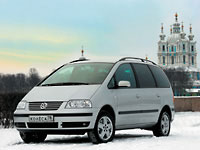Volkswagen Sharan test drive since 2000 Minivan
Residential sector
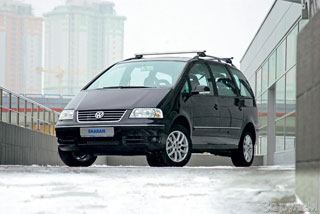 The Volkswagen -Sharan, belonging to the class of family cars, is fully justified - and you travel with your family, and you will live, if you have a quarrel. The rent for the maintenance of the house on wheels appreciated
The Volkswagen -Sharan, belonging to the class of family cars, is fully justified - and you travel with your family, and you will live, if you have a quarrel. The rent for the maintenance of the house on wheels appreciated Long -term construction
Sharan according to modern concepts -long life: having appeared in 1995 and surviving two minor modernizations (see the history of the model), it is also released to this day. However, orders for new cars are about to stop accepting (the plant is preparing to produce the successor), so soon the sharan can only be found in the secondary market. Now cars for cars 1995-1996. start from 220-230 thousand rubles, a car of 2000 with a restyled salon is cheaper than 390,000, and they ask for 530 thousand for the option after the second modernization (2004).
There are a lot of offers in the market, and a considerable part of the car is from Europe. When buying an emigrant, you should look at both, and do not compete for dealer diagnostics, especially if a car with the Eastern European past. The restorers there manage to revive one car of several. If in this designer he is lucky with the units, then it is no longer necessary to wait for the traditional Volkswagenian longevity from the body (in general, rust is rare). And it’s unnecessary to talk about the safety of such a sample: how articulated welded seams and the right power elements will behave - a riddle.
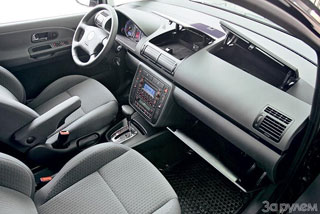 We ask the mannequins
We ask the mannequins With a Crash test, according to the EURONCAP methodology, the ball is unsafe by current standards - only 6 points per frontal blow. The driver went his head in the steering wheel until the pillow was opened, painfully hit the knee on the instrument panel and transferred significant overloads of the chest from the straps of the seat belt. The body crushed beyond measure - the floor swam, leaving the feet of the proper space.
This result is predictable: after all, a significant part of the length of the car is given to the cabin. The motor compartment, which should extinguish most of the kinetic energy, remained the crumbs - compared to residential mansions, the subsidiary space looks like a miserable ear.
SUBSIDIARY FARM
The tight compartment greatly makes it difficult to maintain and repair engines. True, a serious capital before a run 300-350 thousand km is unlikely to threaten them. It happens that the cylinder piston group lives more, but the periphery of the engines requires affection of hands. We especially carefully change the air filter: the lids of the lid are easy to break off, which is why the joint with the body will lose its tightness by opening a loophole for unpeeled air. First of all, the sensor of air flow, the active surface of which does not tolerate dirt, and in the second, the cylinders, they are also not good for him.
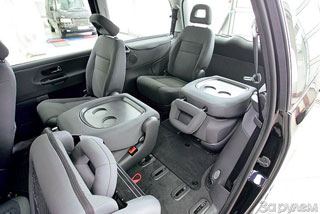 In the most common gasoline units of the AJH/ AWC series, 1.8 liters of problems with a turbocharger occur - due to saving in oil and haste. After a trip with increased loads, you can’t immediately jam the motor, let it work at idle by idle for a couple of minutes so that the oil cools down a little, and most importantly, so that the exhaust manifold wraps the hot, next to which the oil trunk pipe is approaching the turbine. In it, coke blood clots are formed from overheating, condemning a boost unit on oil starvation. Some experts recommend periodically (on average then) to remove and rinse the channel in the tube with a solvent, and if it is too late and the turbocharger needs to be replaced, then not to save on a relatively inexpensive new tube. The dealer advises using the recommended oil and change it on time. We believe that both are useful.
In the most common gasoline units of the AJH/ AWC series, 1.8 liters of problems with a turbocharger occur - due to saving in oil and haste. After a trip with increased loads, you can’t immediately jam the motor, let it work at idle by idle for a couple of minutes so that the oil cools down a little, and most importantly, so that the exhaust manifold wraps the hot, next to which the oil trunk pipe is approaching the turbine. In it, coke blood clots are formed from overheating, condemning a boost unit on oil starvation. Some experts recommend periodically (on average then) to remove and rinse the channel in the tube with a solvent, and if it is too late and the turbocharger needs to be replaced, then not to save on a relatively inexpensive new tube. The dealer advises using the recommended oil and change it on time. We believe that both are useful. On diesel engines (AFN, AVG, AHU, ANU, AUY), boosting is much less common: here the release temperature is lower, and the oil change is doubled by the regulations - after 7.5 thousand km. But there is another catch-after replacing the timing belt (70-90 thousand km, respectively, 90-115 and 130 hp), it is difficult to set the angle of injection ahead, and this is difficult to do without special devices. It's all about the cone (without dumps!) Possessing pulleys on the high -wing and camshaft, so the tags in the disassembly inevitably scatter. To catch them, we need a bitch with a diameter of 15.45 mm, a special bar, an adapter, a clock -type micrometer and, of course, a certain dexterity. In the absence of any of the components, it is better to entrust the work to specialists.
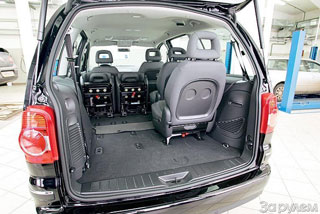 Thermal losses
Thermal losses In general, the motors digest our fuel well. Gasoline units require only regular replacement of spark plugs after 30-45 thousand km. On V6 engines (AAA, Amy and Ayl), some of the woe -master sometimes save time and do not change candles on the long (from the radiator) head - it is difficult to get there. Interruptions in the work of the motor will not be long in coming. Fortunately, although the neutralizer refers to ignition passes very tolerant - it rarely fails.
The dealerships the dealer recommends washing without dismantling, an uneven operation of the engine is a sign of timeliness. Of course, the frequency depends on the amount of fuel resins: the more, the more often (sometimes after 30 thousand km). What pleases - an excess of soot does not lead to freezing valves. Obviously, the power of the spring allows you to remove the ward valve in time from the fatal contact with the piston, but you should not blindly hope for what has been said. Having lost due breath or part of the compression due to the soil (hit the strokes under the saddle), you can significantly lose in traction, or even do not start the motor in the morning - there are many such cases in the memory of dealers.
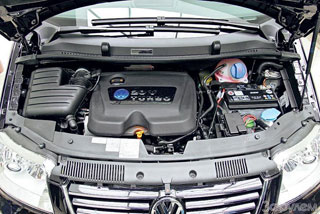 The fuel level sensor in gasoline is also hard. Sometimes already by 80 thousand km, its rheostat is rubbed, depriving the driver of information about the real reserve in the tank. A more oily diesel fuel, the very least smells a pair of resistor leash, so such malfunctions are rare on diesel engines.
The fuel level sensor in gasoline is also hard. Sometimes already by 80 thousand km, its rheostat is rubbed, depriving the driver of information about the real reserve in the tank. A more oily diesel fuel, the very least smells a pair of resistor leash, so such malfunctions are rare on diesel engines. Candles of incandescent on a diesel engine are changed, as a rule, after 60-80 thousand km - at the first signs of a tag of a cold motor. Typically, this is guilty of only one candle, which we calculate by the loss of energy appetite - a current of less than 10 amperes. If there are no current ticks at hand, the garage method is also suitable - we look for the culprit by smaller redness with the ignition turned on. That's just to see this, you need to turn out the nozzles, and then change their sealing rings-per masonry. Therefore, it is easier, and sometimes cheaper to change the whole set of candles.
As you know, diesel engines release less heat than gasoline. In order for it to be enough for warming up a huge salon, some configurations of diesel balls have a heater - an autonomous heater that does not allow the engine temperature when moving in cold conditions. The principle of the stove is simple - it always turns on automatically when the motor is cold: and immediately after starting, for quick heating, and when cooling on the go. But there are more advanced options
Stoves-stoves
Gasoline balls are often equipped with a separate autonomous heater; It only warms up the salon, and in diesel -autonomouses for both the cabin and for the engine (heater plus the rifle). According to the principle of action, all such devices - a liquid type (the coolant serves the engine coolant), only cut into the cooling system in different ways and eat, depending on the addictions of the motor, gasoline or diesel fuel. Of course, the control units are also different, because it is enough for one to maintain the programmed temperature of the cabin, and the other should not be forgotten about the motor.
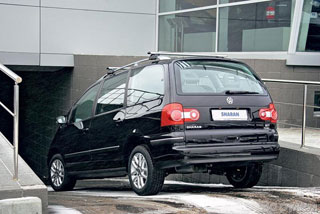 But the reasons for the interruptions in the work are common. True, more often they happen due to a trifle - there is little fuel in the tank (the reserve lamp burns), the battery is discharged or, for example, by the snow pipe. If five launch attempts were unsuccessful and a mistake was displayed on the scoreboard, we are in no hurry to panic. Some can be erased independently - the keyboard manipulations on the remote control are described in detail in the instructions for the car. With a simple removal of the terminal from the battery, alas, it will not be possible to reset the brain.
But the reasons for the interruptions in the work are common. True, more often they happen due to a trifle - there is little fuel in the tank (the reserve lamp burns), the battery is discharged or, for example, by the snow pipe. If five launch attempts were unsuccessful and a mistake was displayed on the scoreboard, we are in no hurry to panic. Some can be erased independently - the keyboard manipulations on the remote control are described in detail in the instructions for the car. With a simple removal of the terminal from the battery, alas, it will not be possible to reset the brain. Worse, if during repair work in the engine compartment, the connection of water pipes was mixed up. Violation of the fluid current can create local overheating foci with sad for the motor or heater with consequences, so we must mark the hose before dismantling the confusion before dismantling.
In general, there are not many problems with Sharan, although the German TUV considers differently. If older models are in the middle peasants-30th place out of 57 among 10-11-year-old cars and 52nd of 82 among 8-9-year-olds, then fresh two-three-year-olds already in the penultimate place! We believe that you should not panic, because, unlike the West, where the shares are in demand from family youth, we are buying such cars with rather mature people. And they are trained in life to avoid any conflicts - both with technology and in the family.
The history of the model
1995 Folkswagen-Sharan debut. Body: 7-seater mini-ven-joint development of VW and Ford (Ford-Galaxy and Seat-Algambra are built on the same platform). Engines: gasoline with turbocharged P4, 1.8 liters, 110 kW/150 hp.; gasoline P4, 2.0 liters, 85 kW/116 hp.; V6, 2.8 liters, 128 kW/174 hp.; Diesel with turbocharged P4, 1.9 liters, 66 kW/90 hp. Front drive, M6, A4 or A5.
1996. The all -wheel drive modification of Syncro with Wytheft.
1999 Crash Test Euroncap: 6 points per frontal blow, 15 - for the side, total 21 points out of 36 - three stars.
2000 Restyling: bumpers, optics, radiator grille have changed; New instrument panel and doors upholstery. The engine power of 2.8 liters increased to 150 kW/204 hp. Turbodiesel with pumps P4, 1.9 l, 85 kW/115 hp A full -wheel drive 4 motion with a huldex clutch and an electronic rear differential lock (EDS).
2004 Feylifting: new optics and hood.
2005. The power of the diesel engine was brought to 96 kW/130 hp.
Igor Kozlov. Photo: George Sadkov.
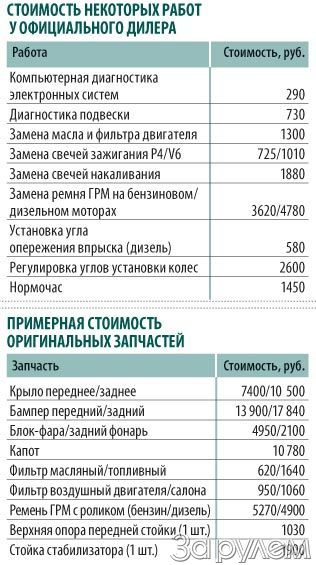
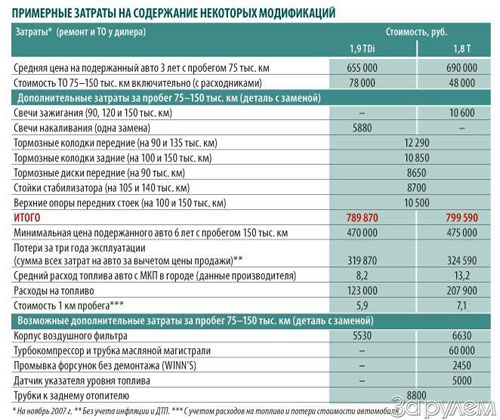
Source: The magazine "Driving"
VOLKSWAGEN SHARAN Crash Video since 2000
Volkswagen Sharan test drives since 2000
Volkswagen Sharan malfunctions since 2000
Volkswagen Sharan malfunctions: Detailed information| SHARAN since 2000 | |
|---|---|
| Engine |  |
| Transmission |  |
| Control system and suspension |  |
| Brake system |  |
| Air heating and air conditioning |  |
| Launch and charging system |  |
| Electric components and so on |  |
| Corrosion body stability |

